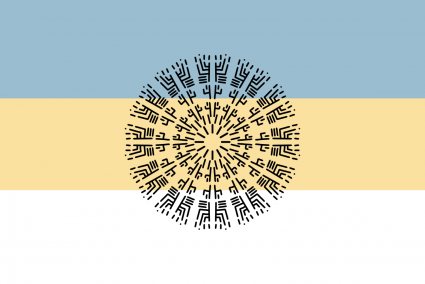2
Language
Qawevian (Qa Lhuyk, /χɑ˧ ɬuək˧/)The language of Qawe is Qawevian, although it is also known as Qawerian by outsiders. Qawevian is a branch of Mangn-Ralekian language family, which has no proven relations with other languages as of 2022, although some say it may be a highly divergent branch of Sino-Tibetan due to their common features, but this is unlikely due to the almost complete lack of possible cognates. Mangnmangnian arrived to modern-day Qawe around the 13th century. While Mangnmangnian and Nationlandwian have not diverged a lot and still maintain moderate levels of mutual intelligibility, Qawevian has absorbed many grammatical rules and a considerable amount of vocabulary from native languages there before it, particularly Qasdē and Geriop. During the period of Waart˙an rule, Qawe was considered a backward area, and was not ruled as strictly as Mangnmangn and Nationlandw. As such, while Mangnmangnian and Nationlandwian (commonly called Mangnlandwian) absorbed more loanwords from Waart˙an than Qawevian. In the 20th century, Waart˙ discovered many natural resources in Qawe and as such started to invest more heavily in it, and while this did develop Qawe into a slightly more prosperous nation than Mangnmangn and Nationlandw, it did not have a huge impact on the language.
In addition, old Mangnmangnian was a cross between a fusional and analytic language. While modern-day Mangnmangnian and Nationlandwian have tended more towards agglutinative structures like Waart˙an, Qawevian has gone the opposite way and become more and more analytic, similar to native languages. Linguists estimate that around the 17th century, Qawevian began to develop tones. Today, Qawevian is a tonal language with five tones, although some dialects may have more, and some dialects have transitioned into something that resembles a pitch accent system.
Today, speakers of Mangnlandwian cannot understand Qawevian without prior knowledge, and vice versa. In particular, their orthography differs by a lot. While both are based on the Latin alphabet, Mangnlandwian orthography was made with minimal use of diacritics on vowels and more on consonants, while Qawevian has no diacritics on consonants, instead having digraphs or in some cases making up new letters, and instead having diacritics on vowels to mark tone. In the modern day archipelago, the countries are increasingly interconnected, and many people can speak both Mangnlandwian and Qawevian. However, this has not been shown to make the languages incline towards each other.

